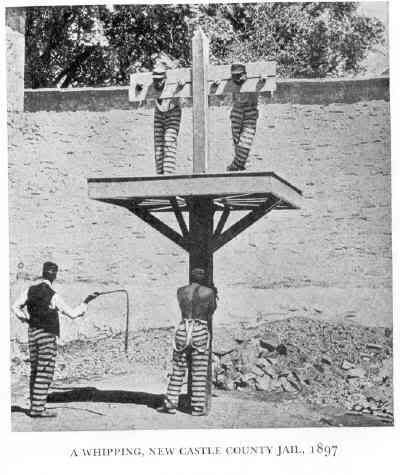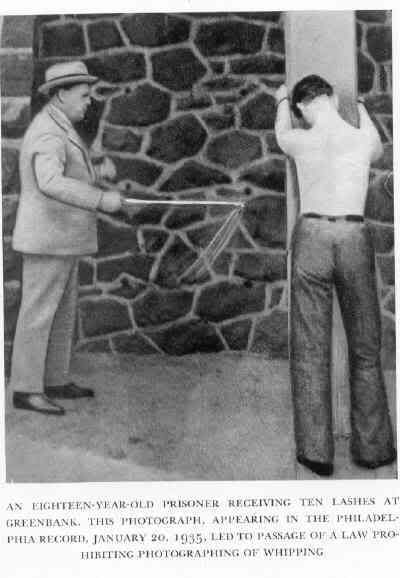I was a bit shocked to learn that it was used. I knew about buck 'n gag, barrel shirts, riding the horse, being tied to the spare cassion wheel, standing on the platform, standing on the chimes, being tied up by the thumbs, carrying the rail, sweat box, being shaved and drummed out of camp (Rogue's March), hanging, firing squad, but lashing? Here's what I found on page 126 of Fighting Rebels and Redskins:
So, how common was lashing? In the hundreds of Civil War books, diaries or journals that I've read, I don't recall reading any other examples. Maybe I just overlooked other examples but if anyone can point out other incidents, please do.
"Two men of the Volunteers had been tried by Court Martial for robbing a house, and were sentenced to a certain number of lashes on the bare back in the presence of the whole command. We were drawn up in a hollow square, the criminals were brought to the centre, and the sentence of the Court read to them. Then they were tied up to the spare wheel of a caisson and the lashes vigorously administered by the drummers, the military surgeon standing by."






Comment